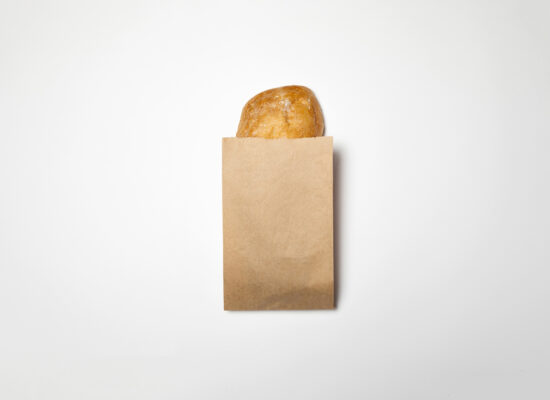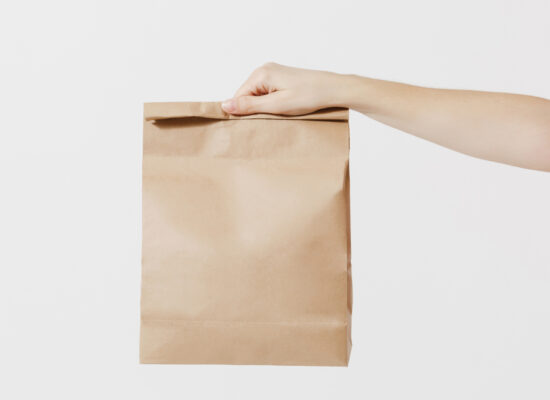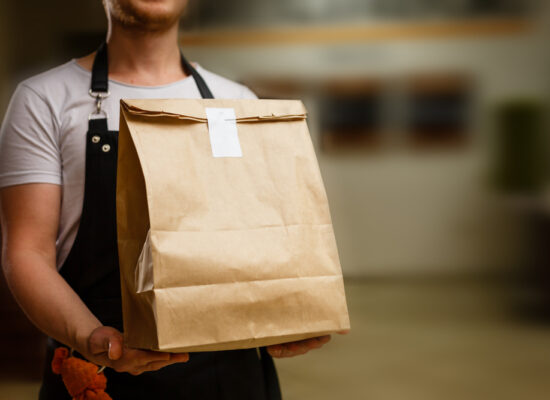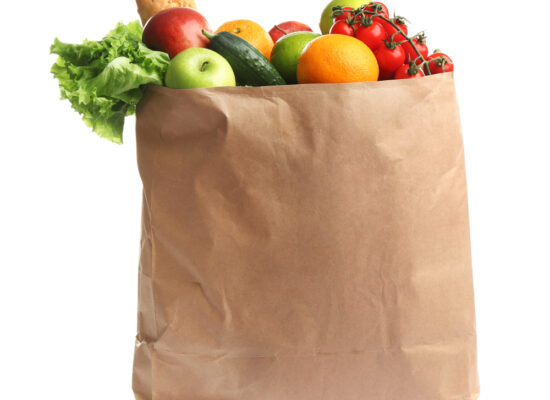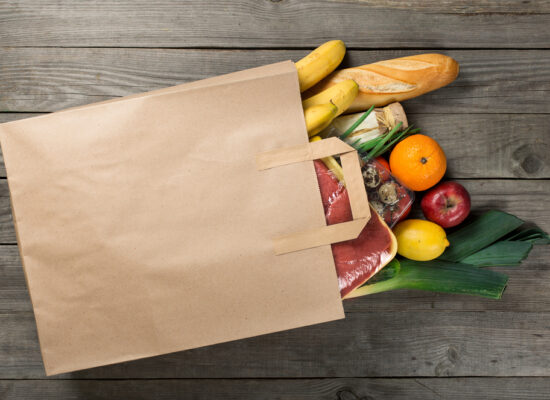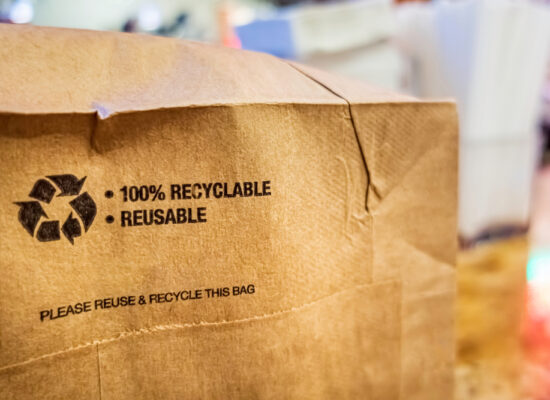Paper Bags
© Arbemu. All rights reserved
The History of Paper Bags and the Holiday Honoring Paper Bags!
We always use carry-bags when we go grocery shopping. People used cloth bags before plastic bags were created. In today’s world, bags are used in practically every step of the packaging process for goods and services.
Carry bags can be made of plastic, cotton, paper, a combination of these materials, or another substance. But due to their strength, resilience, and storage capabilities, plastic bags are in high demand. Although we reuse cloth bags, they might get dirty and need to be washed. Nonetheless, they are a great alternative. People throw away plastic bags because they have a limitless supply of them, they are inexpensive, and there are plenty of raw materials available.
Pollution appears to be a significant problem in the world, though. Plastic bags are used once and then discarded without any thought for the environment. Since a plastic bag is not biodegradable, it is referred to as the “Bad Boy” of pollution. Additionally harming biodiversity, these bags exterminate countless species of plants and animals each year.
There is more to say, but bags must be dumped and recycled with care to do no or little environmental harm.
A sudden desire to create something that can be thrown away but doesn’t ‘harm’ the environment arose in response to this problem. Then the notion of paper bags emerged. With a brief history, we shall highlight the use of paper bags in this. As the name implies, paper bags are constructed of paper and serve as “carry bags” for groceries and packaging for consumers. However, the paper bag didn’t exist until 1852. Francis Wolle, who initially introduced a machine for the mass manufacture of paper bags, is credited with its invention. Additionally, a number of other people later tried their own variation in creating the design of the paper bags, and as we can see now, there are several varieties of paper bags.
There are certain benefits to adopting the paper bag as a “green alternative,” including:
- They are made of renewable sources and are therefore recyclable and biodegradable.
- Paper bags require less energy to produce than plastic bags do.
- These bags can be recycled and used to make newspapers or magazines because they are made of wood fiber.
- Paper bags are a green option. They can be used as compost because they leave no poisons behind.
To prevent environmental pollution, we ask that everyone use fewer plastic bags and more paper bags.
Top Paper Bag Environmental Benefits
Paper bags are popular because they are lightweight, easy to maintain, and capable of holding objects for an extended period of time.
For more than a thousand years, paper bags have been used in trade and business. When moving bigger amounts of goods from producers or farms to retailers in the past, cloth and jute bags were typically utilized. Shopkeepers subsequently used paper bags to deliver smaller quantities of items to final consumers. In fact, tiny food traders including owners of candy shops, street food vendors, bakeries, and small vegetable sellers still utilize paper bags.
Contrarily, the structural stiffness and surface characteristics of a paper bag make it suitable to print high-quality graphics, logos, and designs better than a plastic bag, which made paper bags popular in the fashion, luxury, and premium gift packaging industries.
The industrialization and improvement of plastic packaging options, however, which had higher endurance, strength, and capability to protect products, especially food items from the external environment, meant that the contribution of a paper bag in business and commerce gradually remained limited. This increased the product’s shelf life. In fact, over the past five to six decades, plastic has dominated the world’s packaging market.
The globe saw the damaging consequences of non-biodegradable plastic packaging trash on the environment at this time. The oceans were overcrowded with plastic bottles and food packaging, marine and land animals began to die from plastic poisoning in their gastrointestinal tracts, and soil fertility declined as a result of plastic contamination.
These issues were discussed and written about mostly in the context of newspapers, academic research, and international summits up until the 1990s. The impacts of pollution then began to affect city dwellers and the average person’s day-to-day life during the previous few years. Now that air pollution is making people sick, regular people are recognizing businesses, governments, and people who are making efforts to protect the environment.
Adopting paper bags in this situation enhances consumer appreciation of the brand. Businesses are gradually switching to paper bags and biodegradable packaging options, either as a result of government restrictions or intentional measures to win over customers.
The paper bag is a modern fad. People carrying paper bags are common and may be seen practically everywhere. They are carried by people to offices, retail locations, and schools. Therefore, it is crucial to pursue a creative solution as well. in order to help both the environment and, most crucially, the business.
Due to people and businesses becoming more conscious of the environment, this trend has become more popular. Paper bags are also popular since they are lightweight, easy to clean, and capable of holding objects for an extended period of time.
Plastic Bag Made with Environmentally Friendly Materials
Contrary to popular belief, today’s paper and paper bags are created mostly using environmentally beneficial methods instead of wood, such as:
Sugarcane trash (Bagasse): Today, paper is generated from pulp waste left over from the sugarcane process.
Yes, straw fibers can also be used to make paper. Jute twine is utilized to create superior writing and specialty papers.
Normally, coconut husks are thrown, but the fine material is now employed to make paper with a thick texture.
Elephant excrement: You read that correctly; elephant crap is now used to make paper. The materials used to make environmentally friendly bags are often ones that bacteria and other airborne microbes can easily break down. As a result, they decompose into simpler forms quite quickly.
Benefits of Paper Bags for the Environment
- Biodegradable
First, unlike plastic bags, paper bag waste won’t stay on the earth’s surface for the next 1000 years. If the world switches from plastic to biodegradable paper packaging, humans may prevent the loss of all marine animals from the oceans, rivers, lakes, and ponds over the next 1000 to 10,000 years. They may also prevent the loss of the majority of the fertility of the land. In actuality, the majority of paper bag waste degrades in less than 6 months and, in the majority of cases, becomes fertile waste for plant growth.
- Recycling
Paper bags are frequently recyclable at 100%. Paper recycling does not provide the same hazards as plastic recycling, which releases highly toxic and dangerous fumes into the sky. primary justification for utilizing paper bags. Paper bags are recyclable and produce no pollution. This is the reason they should encourage its use as both a customer and a business owner.
- Paper Saves Energy
In addition to the many advantages of utilizing paper bags, one of the things that makes them so environmentally friendly is that they contribute significantly to energy savings. It is typically manufactured with materials that are readily available locally, which supports lower transportation costs and ultimately aids in energy conservation.
- Paper Bags Are Very Beneficial For Protecting Natural Resources
The fact that paper bags are made from unbleached, recycled brown kraft paper makes them an excellent way to save natural resources, energy, and curb greenhouse gas emissions. In conclusion, it will be said that there is no longer any question that more environmentally friendly options must be used to rescue the earth. Making use of paper bags is an excellent approach to achieve this. So it’s time to start using paper bags that are environmentally friendly.
The advantages of utilizing paper bags were only explored in the context of the environment in the items above.
As was already said at the outset, paper bags are useful for protecting your food as well. Just look at some of the foods that benefit from paper packaging.
The Top 12 Benefits of Paper Bags
- Benefits Of Paper Bags Compared To Plastic Bags
Plastic bags hurt the environment by increasing air pollution, for instance. Plastic bags have an impact on countless animal deaths in addition to our everyday natural settings.
Plastic bags cannot be recycled and must be destroyed by UV light, which harms the environment.
- Recyclable and reusable materials
The use of paper bags also comes with a number of eco-friendly benefits for the consumer. They are manageable and frequently reused. They can be recycled and used again.
- Use less energy
Additionally biodegradable, waste papers can be effectively decayed without piling up at dump sites.
- Environmental responsibility
Although we may be used to seeing all of our food wrapped in impermeable cling wrap, food and coffee shouldn’t be limited to just plastic.
Despite competition from plastic bags, paper bags have remained a common sacking item since they were invented in 1852.
Because of their increased durability and environmentally friendly nature, paper bags continue to be a popular choice for shopping and food items, even though you probably won’t be able to find them in as many stores as you once could.
- Reliable and comfy
Since their humble beginnings in the middle of the eighteenth century, paper bags have advanced significantly, with manufacturers producing Paper Bags that are stronger and more durable.
They can stand upright and handle more goods simultaneously because of its crate-shaped design.
- Make Your Brand’s Identity Unique
You can add a professional element that customers adore and value by choosing eye-catching personalised paper bags for garments, fashion, jewelry, food delivery, tech gadgets, toys, etc.
Additionally, you can brand any paper bag with your unique logo to promote your business. Your clients will be amazed and delighted by the skilled quality and elegant fascination you display.
- Increase Brand Recognition
These days, businesses use paper bags because they are inexpensive and offer a strong return on investment for innovations, seminars, item bundling, and brand awareness.
- Effectively Promote Your Brand
Because manufacturers invest so much time and effort creating attractive paper bags for their products, paper bags have evolved into something of a style and grown-up toy in the current market.
- Increase Brand Visibility
It makes sense to use paper bags to transport your belongings, and the Premium GSM Paper Bags can also be used as paper gift bags.
- Bring in new clients
Nowadays, the majority of people choose to use paper bags since they are sturdy, stylish, convenient to handle, take up little room, and can accommodate a lot of items.
Paper bags are typically used extensively at shopping malls and displays to transport things purchased over the counter.
- 2X Quickly Boost Your Sales
When your product is properly packaged in high-quality paper bags, you may draw in more customers, which will help your brand become more well-known among the target audience.
- Encourage customer satisfaction and loyalty
The right size and type of paper bags should be chosen based on the nature of your business, the requirements of your products, and the quantity. Customized paper bag manufacturers may help you with this.
You can choose paper bags with special qualities that will keep the freshness in and offer your business a fashionable appearance because offset, screen printing, and flexo printing are all options.
Positives of Paper Bags
Paper bags can be created using a common resource that is sustainable, reused repeatedly, and sent to a paper mill to be recycled into new paper. Paper bags are truly eco-friendly because they can be recycled.
Paper bags: Advantages and Disadvantages
Even though bags may not seem like the most fascinating topic in the world, knowing how they differ and how they might be used in a restaurant, takeout operation, or grocery store can be helpful.
Various Paper Bag Types
Choosing the product that best meets the demands of your company might be challenging given the large selection of paper bag sizes available. To find out more about the differences between various bags, continue reading.
White vs. Brown Paper Bags
Brown and white are the two standard colors for paper bags. White paper bags will accentuate your business’s emblem and have a cleaner appearance than brown bags, even though brown paper bags are used more frequently than their white counterparts. Regardless of the color you pick, each of these items has a sturdy construction that won’t tear or rip.
Which paper bag is the best option for your company?
Paper lunch bags or shopping bags with handles are a practical option for your business if you own a restaurant or small deli. Additionally, supermarkets frequently require heavy-duty paper shopping bags and sacks. Beer, liquor, and wine bags can be used in liquor establishments, whereas merchandiser bags are ideal for boutiques and bookstores. Finally, recloseable coffee and cookie bags and paper bread bags are excellent options for bakeries and cafes.
The Best Paper Bags to Use
The table below lists common dimensions for paper bag types and capacities, as well as typical length, width, and height values. Paper bag capacities can be expressed in ounces, pounds, inches, pecks, quarts, and liters.
1 peck = 2 gallons,
1 peck = 8 dry quarts,
1 peck = 16 dry pints,
1 peck = around 9 liters.
While width refers to the size of the bag’s base from front to back, length refers to the measurement of the bag’s base from side to side.
The Benefits and Drawbacks of Paper Bags
If you’re having a hard time selecting if your company should utilize paper bags, take these crucial variables into account:
Advantages of Paper Bags
- Paper bags are recyclable, reusable, and 100% biodegradable.
- Many paper bags are more resilient to weight or pressure than plastic bags.
- Animals or young toddlers are less likely to suffocate in paper bags.
Cons of Paper Bag Use
- Paper bags lack the waterproof properties of their plastic counterparts.
- Paper bags cost more than plastic ones.
- Paper bags are more heavier and require more storage space than plastic bags.
As you can see, utilizing paper bags has both advantages and disadvantages. It’s crucial to be well-informed when selecting bags for your company in order to choose which kind is right for you. Paper bags are a fantastic option for your restaurant, school, catering business, grocery shop, or deli if you’re going for a traditional appearance and feel.
